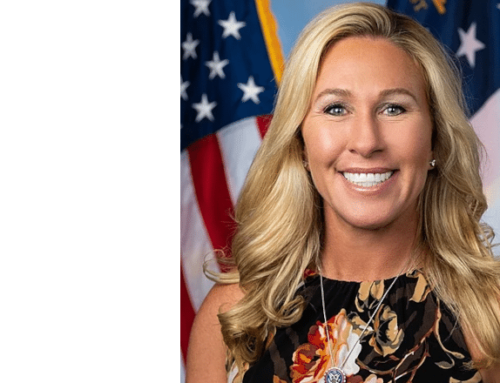Catholic League president Bill Donohue comments on the decline in abortion rates:
The abortion rate hit a 46-year low in 2017. This is the central finding reported by the Guttmacher Institute, a pro-abortion research organization that was formerly aligned with Planned Parenthood. It also found that there was a 7% decline in abortions since 2014. Pregnancy rates also declined.
To most Americans, regardless of their position on this subject, it is good news to learn that the abortion rate is now at its lowest rate since abortion was legalized. The reaction from the pro-abortion industry, however, is less than positive.
The Guttmacher study found that the abortion rate declined dramatically in those states that enacted more restrictive abortion laws. The authors of the study try to downplay the significance of these laws, saying that they “do not appear to have been the primary driver of declining abortion rates.” But if that is the case, why are they worried about such laws? In the same report they admit that “abortion bans would undoubtedly prevent many individuals from obtaining abortion care in clinical settings.”
Dr. Herminia Palacio, Guttmacher’s CEO and president, takes umbrage at the suggestion that restrictive abortion laws are responsible for the decline in abortions. “Lowering the abortion rate is not the goal here. The abortion rate is just a number.”
Of course, lowering the abortion rate is not the issue for the pro-abortion industry—it thrives when abortion rates increase—but to those of us who are concerned about the sanctity of innocent human life, the abortion rate is critically important.
To Dr. Palacio, the abortion rate is just like a bingo game of numbers. But the numbers matter because they give evidence of the number of babies killed in utero. Her linguistic sanitization of what the numbers mean reflects her macabre way of thinking about this subject.
Rachel Jones, one of the authors of the Guttmacher study, speculates that the decline in the abortion rate is a function of ObamaCare and the easy availability of birth control. “The anti-abortion activists will try to take credit for this decline,” she says, “but the facts don’t support their argument.” She is wrong.
The Guttmacher study is heavy on citing structural causes that impact on abortion rates, but is wholly neglectful of considering cultural causes.
A survey released in January by The Polling Company, a prominent research organization, found that “7 in 10 Millennials support limits on abortion through specific policies like parental notification, limiting abortions later in pregnancy like at 5 months of pregnancy, and opposition to government funding of abortion.” Similarly, it found that “Only 7 percent shared the position of the Democratic Party Platform—abortion without any exceptions and funded by tax dollars.”
Students for Life Institute of America commissioned the poll, and its president, Kristan Hawkins, offered an explanation that the Guttmacher Institute cannot bear to hear. “Millennials have lived with the harsh realities of abortion all their lives and understand more than their parents’ generation that we must address the human rights issue of our day and make changes in defense of mothers and their preborn infants.”
Yes, it is sad but true that many Millennials know of friends who have shared stories about the horrors of abortion. Worse, some have learned that their own would-be-siblings had their lives taken from them. It is these kinds of experiences that drive young people away from the pro-abortion fanatics. And when coupled with the pictures of babies in the womb, they provide solid reasons why abortion rates have declined.
Anyone who is on the defensive about the news that abortion rates have declined to the lowest level since Roe v. Wade needs to reexamine what it is that makes them tick.







